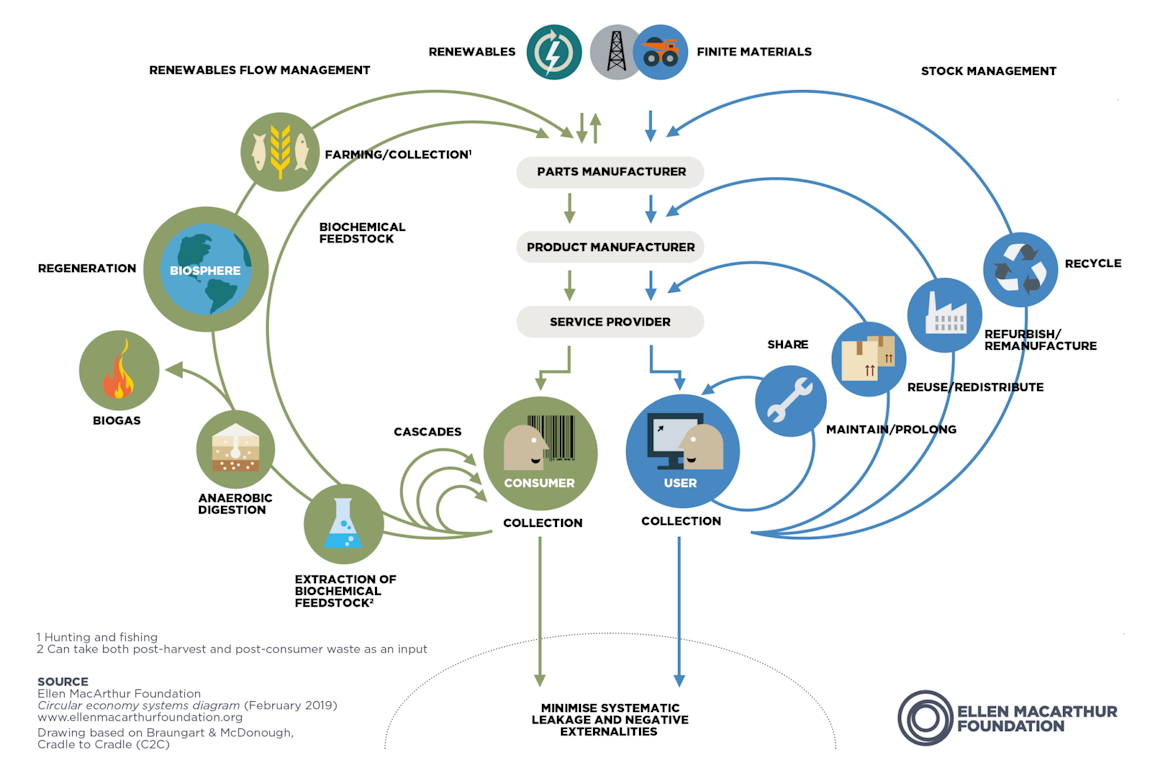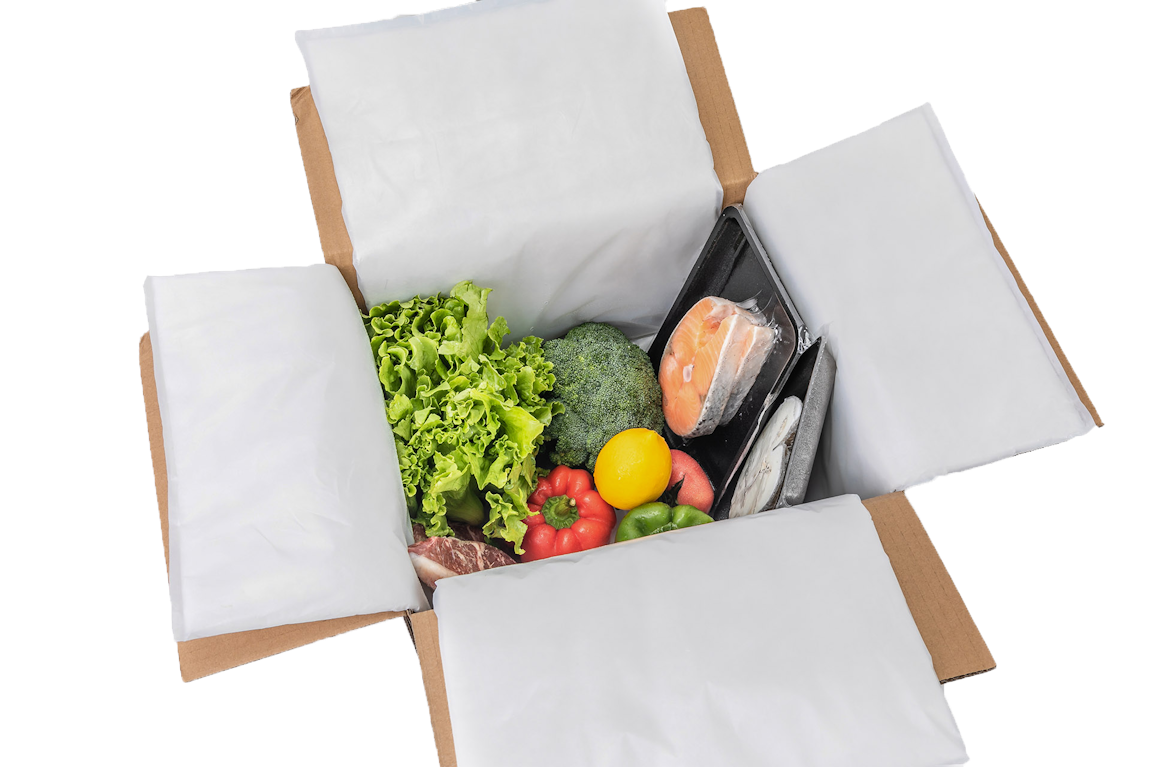The top 3 sustainable packaging trends that are here to stay
During the heights of the pandemic, the focus that was on sustainable packaging was put on hold, with many having to switch to plastic at last resort due to shortages in more sustainable materials.
Despite this, the overall expectation is that the sustainable trend is very much here to stay with sustainable packaging solutions becoming increasingly more science-based where innovation is constant.
The demand for sustainability is pushing brands to be more socially and environmentally responsible. British marketplaces are also eliminating single-use plastics and finding more environmentally friendly alternatives. In this article, we will explore the 5 sustainable packaging trends arising that are clearly here to stay.
1. The Circular Economy packaging trend
Did you know that 51% of supply chain professionals expect the circular economy popularity to rise within the next two years as a result of the pandemic? This is because consumers are becoming increasingly aware of the negative impact plastic packaging has on the environment.
According to The World Bank, 2.5 billion tons of waste currently generated is expected to grow by almost 3.5 billion by 2050. Plastic packaging makes up nearly half of plastic waste generated globally with only less than one fifth of it being recycled. With the media exposure about the harmful effects of plastics on the environment, there is no wonder why consumers are starting to become more aware and passionate about making a change.
So far, we have witnessed bans on plastic straws, bags, single-use coffee cups and other non-recyclable products and this is only expected to grow in the years to come. Many consumers and manufacturers are starting to switch to more biodegradable or compostable materials and redesigning and re-using packages to eliminate and reduce waste. We also expect that brand owners will begin to address the carbon intensity footprint of the product by implementing “carbon intensity labels” which are already starting to emerge in the food and consumer electronics industries.

2. Plastics trend is here to stay, but with new developments
As discussed, plastics have low overall recycling rates. Current sorting technology cannot effectively handle 30% of plastic packaging and with only 16% of all plastic packaging being reprocessed, this effectively means there are gaps in the value chain.
This is not helped by the fact across the world, there are still many who do not recycle plastics properly. Only a few plastic types are widely collected and recycled from households and where some plastics are recyclable, they may require more specific action. Most plastics are difficult to recycle due to inadequate recycling infrastructure where separating and sorting different plastics is a difficult and imperfect process. The types of plastics that can be extracted remain limited and factors such as mixed materials, caps, labels, and food contamination can result in a package being unrecyclable. This is why so many are trying to find more sustainable options.

Are you looking to reduce your carbon footprint?
As your packaging supplier, we have the knowledge and expertise to help you keep track and reduce your footprint.
Despite the issues mentioned such as the current gaps in the value chain, leading brand owners do not seem to want to make any big shifts away from plastic packaging. The main focus seems to be trying to improve the use of plastics and their recyclability. The reason for this is that right now some sustainable solutions are extremely costly and despite consumer awareness about the need for sustainability, 38% of stakeholders reported that they struggle to get customers to accept the higher price tag.
The good news is that innovation is at the forefront of the plastics debate. Plastic Energy has developed a Circular Economy solution by chemically converting end-of-life plastic waste that cannot be recycled, into hydrocarbon oil (TACOIL) which is then used to create clean recycled food-grade plastics. The company currently has two bases in Spain, with new plants opening in the Netherlands in 2022, Malaysia in 2023, and five to be constructed in Indonesia.
By 2025, Plastic Energy will convert at least 300,000 tons of low-grade plastic waste into feedstock for new plastic manufacturing.
3. Light weighting packaging trend to accelerate
The evergreen packaging trend, light weighting, which involves reducing the overall amount of material used to create packaging, has been fast becoming part of the sustainability strategy for many brands. This is expected to accelerate further due to the fact that it also decreases the amount of fuel and greenhouse gases used in the distribution of products. Lighter goods weigh less which ultimately means less fuel to transport.
Although light weighting provides a sustainable solution that saves costs, the functionality of the packaging has to be kept in mind still. For example, if a bottles layer is too thin or flimsy for transport, the bottle might need a protective layer of nylon or oxygen scavenger to create the barrier that preserves the product, and this could contaminate the recycling system.
Light weighting is just one approach to reduce plastic, new materials that are sustainable and biodegradable are also reasonable alternatives.

Swiftpak and sustainable packaging
As a Certified B Corporation® and having planted over 1000 trees, at Swiftpak sustainability is a core part of our business. One of our best sustainable packaging examples is our PLA packaging as it is an effective insulator that keeps the internal product at a room temperature of 25-30 degrees Celsius for up to 30 hours.
Great for the food and drinks as well as the pharmaceutical industry in particular, PLA is made from renewable resources and is biodegradable this ensures highly sensitive goods are not contaminated during transit.
Want to know more about the sustainable packaging we provide? Please contact our packaging experts today and they will be happy to help!